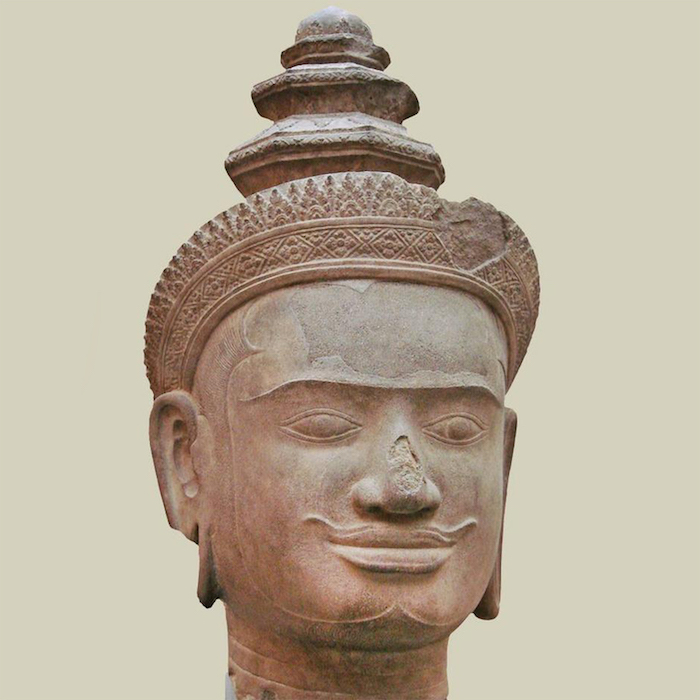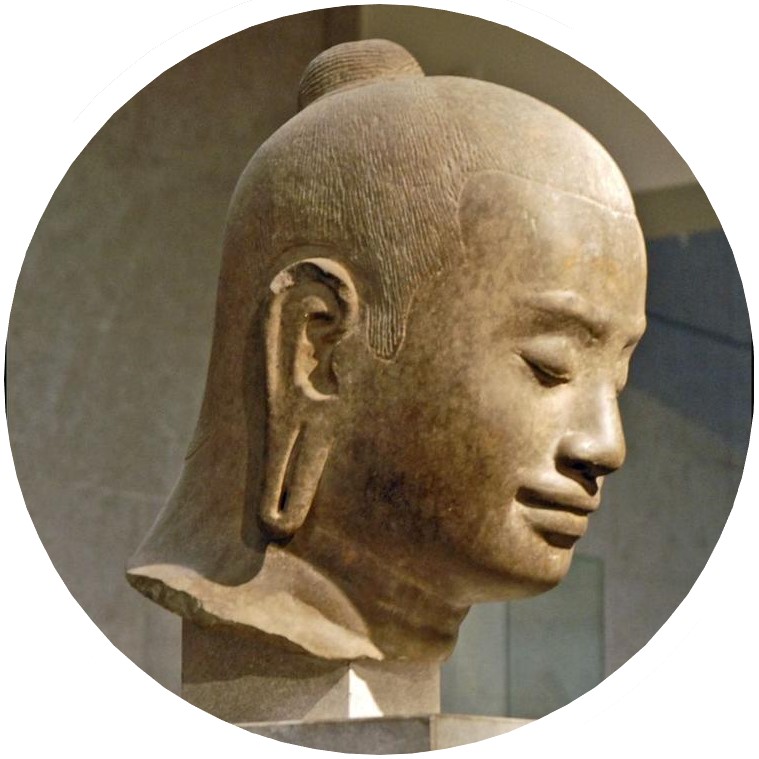



In 802, the Khmer Empire was founded on the site of Angkor, a fertile plain in what is now Cambodia. So fertile that successive kings reigned there right up to the 15th century!
But the conquest of the territory by enemy armies marked the end of the Grand Era of Angkor. The site was gradually abandoned and taken over by the forest.

The Khmer Empire, founded in Angkor at the beginning of the ninth century, lasted till the 15th century.
Angkor is not one temple, nor one city, but a 154 square mile site on which several cities have been built, including several impressive monuments!
Several capitals in succession have been built in different parts of Angkor. Each one is home to exceptional temples.


The gigantic site of Angkor houses the remains of several capitals, each of which had its own temples.
There are sculptures too!
For a long time, it was influenced by Indian art and many Angkor sculptures represent subjects related to Hindu mythology. This religion, which also came from India, was the Khmer king’s religion for several centuries (There’s more about this next!)

Angkor is also famous for its sculptures, many of which were inspired by the Hindu religion.
This religion was born in India and has three main deities:

Brahma, Shiva, and Vishnu are the main deities in the Hindu religion.

At the beginning of the 13th century, Angkor had its last great king before the empire began to die gradually: Jayavarman VII.

Jayavarman VII, the last great Khmer king, made Buddhism the state religion and built the city of Angkor Thom.
In his new capital of Angkor Thom, Jayavarman VII had the Bayon built, a particularly impressive monument. It’s impressiveness is not surprising, since this temple has 59 towers decorated with faces!
But what do they represent? Every theory has been put forward – heads of Buddha or Bodhisattvas, or even portraits of Jayavarman VII watching over his empire. The mystery remains unsolved.

In Angkor Thom, Jayavarman VII had the impressive Bayon Temple built, with its 59 towers decorated with sculptures of faces.

"*" indicates required fields